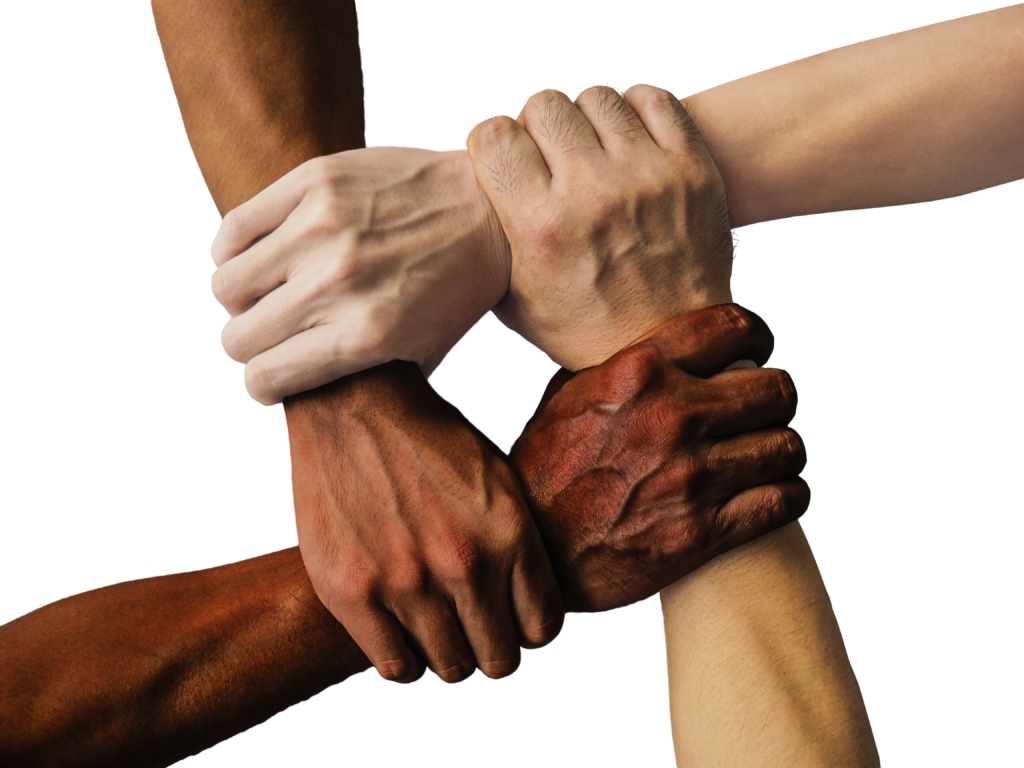Last time we stated that all communication is cross-cultural communication.
So? What does that matter to us?
Well, a very practical way to apply “cross-cultural” communication to the corporate culture is to shadow a coworker, especially if that coworker’s job is different from yours.
Yes, simply shadow a coworker.
“Have you ever wondered what exactly it is your coworkers do all day? Work4, a social recruiting company, discovered the key to making employees more productive and improving communication between departments was to answer this question.”
A recent article over at Fast Company, How Shadowing Coworkers Can Make You Better At Your Job, stated that when employees spent a day in the life of someone from a different department they not only changed the way they approached their job, but they were also better able to communicate with personnel from other departments.
Simply put, the more they learned about another culture (a different depart with its own culture) the better they were able to communicate with that culture.

But cross-cultural communications goes beyond just communicating.
As the article states, “Spending a day in the life of someone in a different department can change the way you approach every aspect of your job.”
Being able to communicate cross-culturally will make us better at our job. This idea has played out in Verizon nicely and was the idea behind our dispatch ride-along project. By letting non-dispatch employees ride along with dispatch technicians they were better able to understand the entire process; Customer contact to scheduling a dispatch to the dispatched technician showing up.
In addition to helping teams internal to Verizon, it has also helped Verizon and Partner relationships.
Years ago we sent a handful of Technicians to our HSI Partner center in Tijuana. They came back as ambassadors.
Experiencing and learning about the PARTNER culture helped these Technicians better understand their working relationship with that Partner centers. By seeing firsthand what the Partner can and cannot do helped the Technicians better understand why processes were written the way they were written.
This is also why our New Hire training spent so much time y-jacking. Y-jacking allows a student to sit with an agent, i.e. shadow a real agent, to see how they talk to our customers, how they interact with other departments and how they use our tools.
By allowing them to shadow an experienced agent we allow them to learn about that tech support culture in a way that classroom training simply will not allow.
Until next time,
Simon L Smith
